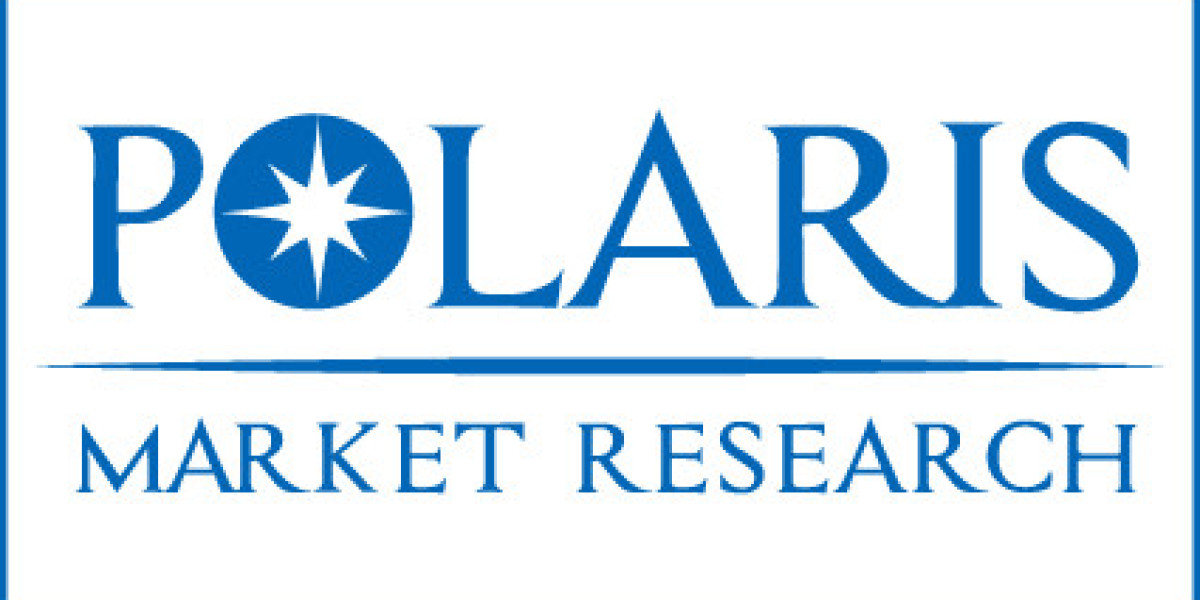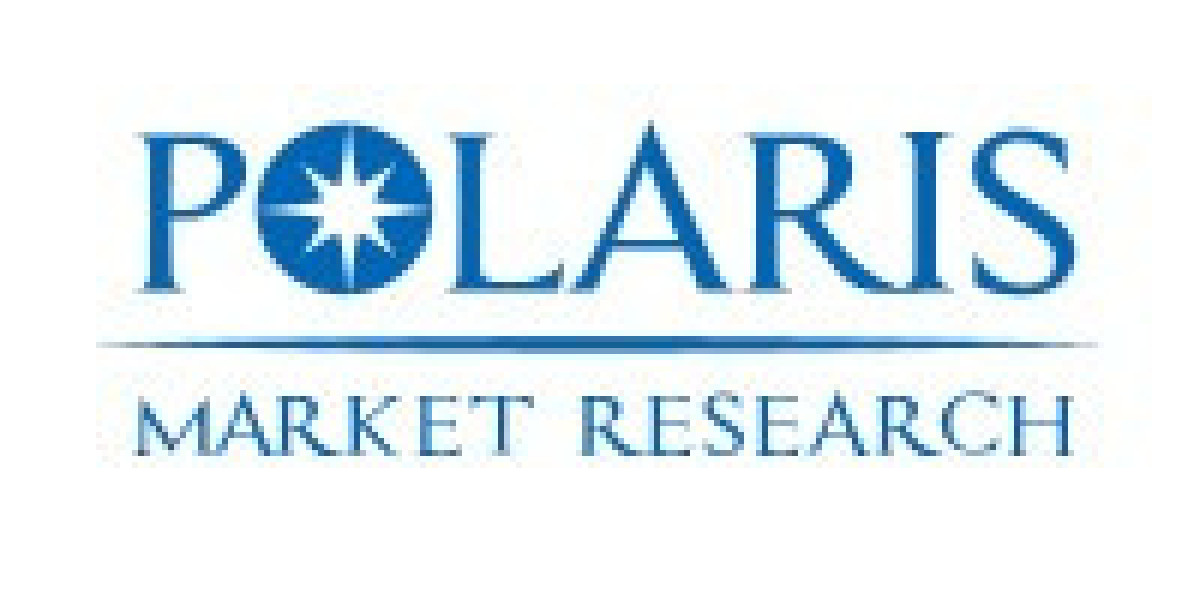Market overview
The global protective relay market size was valued at USD 2.69 billion in 2024 and is projected to register a CAGR of 5.5% from 2025 to 2034.
Protective relays form a critical layer of power system defense, providing fault detection, isolation, and signaling to minimize equipment damage and service interruptions. The market is supported by ongoing infrastructure upgrades in aging grids, rising regulatory focus on reliability and resilience, and growing complexity introduced by renewable generation, energy storage, and bi-directional energy flows. Vendors now offer a spectrum of products — from legacy, application-specific relays to multifunction, IEC/IEEE-compliant digital relays with embedded communications, cybersecurity features, and diagnostic analytics.
Market adoption is strongest in transmission and sub-transmission upgrades, distribution automation projects, industrial plants with high availability requirements, and utility programs targeting high-penetration renewables. Service-based offerings, such as relay configuration, testing, and firmware lifecycle management, are also expanding as utilities seek vendor partnerships to maintain technical compliance and reduce total cost of ownership.
Key market growth drivers
- Grid modernization and capital reinvestment: Many utilities in mature markets are replacing aging relay fleets to meet stricter reliability standards and to reduce maintenance burdens. Reinvestment programs that prioritize digital protection systems are a major growth engine.
- Renewable energy integration & DER complexity: Increased penetration of solar, wind, and battery storage changes fault currents and protection coordination. Utilities and IPPs require flexible, adaptive protection schemes and relays capable of handling non-traditional fault signatures.
- Digitalization & communications standards adoption: The migration to IEC-61850, DNP3 over IP, and other interoperable protocols enables centralized protection schemes, faster fault isolation, and remote diagnostics — encouraging adoption of intelligent relays with built-in communications.
- Focus on system resilience and regulatory compliance: Climatic events and grid security concerns have pushed regulators and grid operators to demand stronger protection and faster restoration capabilities. Upgrades to protective relays, combined with automated reconfiguration, are key resilience measures.
Market challenges
- Legacy system compatibility & integration hurdles: Many utilities operate heterogeneous protection ecosystems with legacy relays and proprietary protocols. Integrating new digital relays without disturbing coordination requires careful engineering and can delay deployments.
- Skilled workforce shortage: Configuring, commissioning, and maintaining advanced relays requires specialized skills. A shortage of protection engineers and field technicians increases project timelines and service costs.
- Cybersecurity and firmware management risks: As relays become networked, they introduce cybersecurity attack surfaces. Utilities must adopt secure architectures, enforce patch management, and comply with evolving security regulations — adding complexity and cost.
- Capital expenditure constraints in emerging markets: While the technical need for relay upgrades is global, utilities with constrained budgets may defer replacement programs or opt for minimal upgrades, creating a two-tier market where advanced offerings struggle to penetrate cost-sensitive segments.
Browse Full Insights:
https://www.polarismarketresearch.com/industry-analysis/protective-relay-market
Regional analysis
- North America: Driven by large grid operators’ reliability programs, renewable integration, and stringent regulatory environments, North America is a mature adopter of digital protective relays and services. Utilities emphasize interoperability, cybersecurity, and vendor support contracts.
- Europe: European markets combine aggressive renewable targets with strong regulatory oversight and interconnection requirements. Distribution system operators (DSOs) are implementing advanced protection schemes for DER-rich networks, spurring demand for multifunction relays and coordination tools.
- Asia-Pacific: Rapid electrification, large grid expansion projects, and substantial industrial growth in parts of Asia are fueling relay demand. While advanced urban grids push for digital solutions, some regions still prioritize cost-effective legacy replacements. Governments’ investments in smart grid pilots also support market growth.
- Middle East & Africa: Investment cycles are mixed; there is notable demand in the Gulf and parts of North Africa where new generation and transmission projects are underway. In other areas, budget limitations slow adoption, though donor-funded grid resilience programs create pockets of opportunity.
- Latin America: Grid modernization initiatives and a focus on improving service reliability are driving selective relay upgrades. Political and economic volatility can affect procurement cycles, but targeted infrastructure funding supports ongoing opportunities.
Product and solution trends
The market is witnessing convergence toward multifunction, microprocessor-based relays that incorporate protection, control, metering, and communications within a single platform. Value-added features gaining traction include advanced fault-locating algorithms, synchrophasor and PMU integration, edge analytics for predictive maintenance, and secure remote access for firmware and settings management. Managed services — test, maintenance, and lifecycle support — are increasingly bundled with hardware to reduce operational risks for utilities.
Key companies
- ABB
- Doble Engineering Company
- Eaton
- Fanox
- Mitsubishi Electric Corporation
- General Electric
- NR Electric Co., Ltd.
- Siemens
- Schneider Electric
- Schweitzer Engineering Laboratories, Inc.
- TIEPCO
- ZIV
- TOSHIBA CORPORATION
Market opportunities
Opportunities in the protective relay market are numerous: modernization and retrofit programs across transmission and distribution, protection solutions tailored for microgrids and DER aggregation, offerings that combine protection hardware with analytics and managed services, and training/service contracts to mitigate workforce gaps. Vendors able to offer turnkey integration, strong cybersecurity postures, and attractive lifecycle economics are best positioned to capture growing share.
Use cases and customer segments
- Utilities (transmission & distribution): Coordinated protection upgrades to improve fault isolation and reduce outage durations.
- Industrial & commercial facilities: Plants and data centers requiring high availability adopt adaptive relays and redundant schemes.
- Renewable plants & microgrids: Custom protection schemes and relay settings that address inverter-based generation behaviors.
- OEMs & EPCs: Bundled protection packages for new substations and turnkey power projects.
Conclusion
The Protective Relay Market stands at a crossroads between legacy stability and digital transformation. Growth is underpinned by grid modernization, renewable integration, and the urgent need for resilience and reliability. While integration challenges, cybersecurity, and workforce shortages present hurdles, vendors and utilities that prioritize interoperability, secure communications, and lifecycle services will find significant market opportunity over the coming years.
More Trending Latest Reports By Polaris Market Research:
Clinical Trial Outsourcing Market
Strengthen Bones And Secure Future With Vitamin D Therapy Market
Clinical Trial Outsourcing Market
Automotive Catalytic Converter Market
Molecular Biology Enzymes, Reagents And Kits Market
Battery Management System Market
Laminated Veneer Lumber (LVL) Market: Current State and Future Direction
Commercial Aircraft Aftermarket Parts Market








